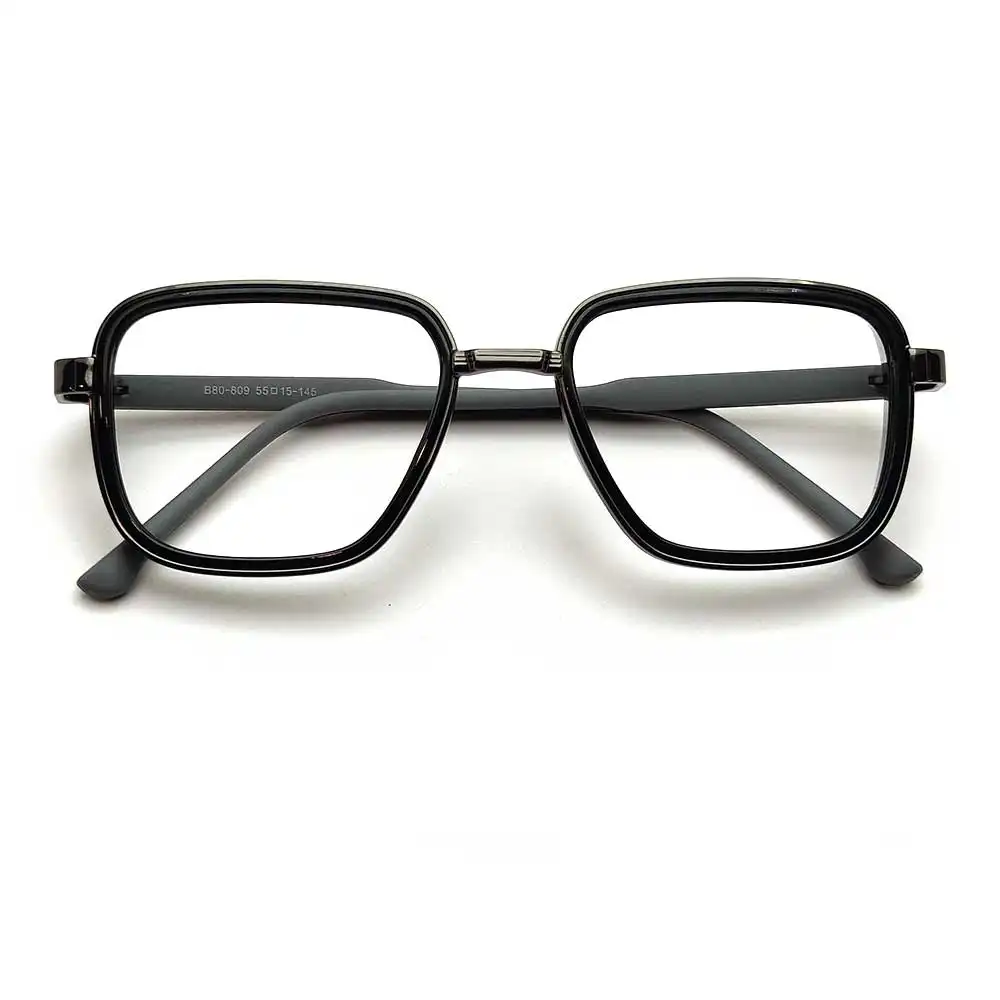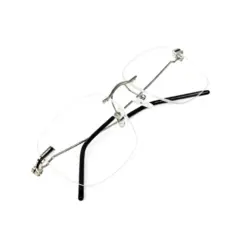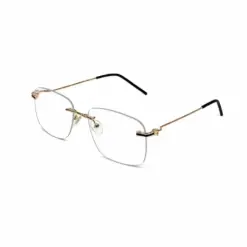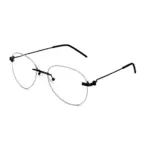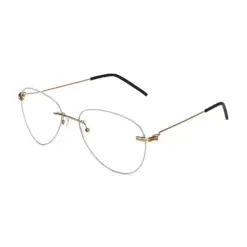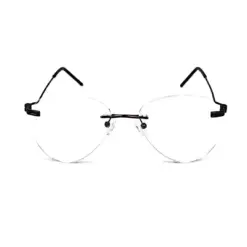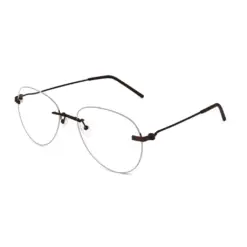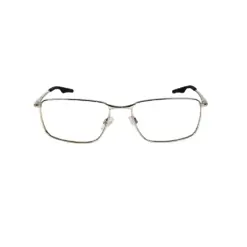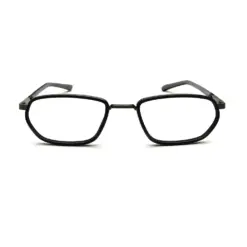Custom Links
NEW COLLECTION
Find your perfect
eyewear look
We’re all about finding you that perfect pair. Experience the difference it makes when everything fits just right. Let’s find yours together.
Eye Glasses Sun Glasses4.9/5.0 STORE RATING
40,000+ Customers Enjoying Chashmah
CHASHMAH NATION
From Everyday Looks to Iconic Styles
Trusted by thousands of happy customers who’ve upgraded their style and vision with Chashmah’s high-quality eyewear.

PREMIUM QUALITY PRODUCTS

EASY EXCHANGE PROCESS

SECURE & FAST SHIPPING

BEST CUSTOMER SUPPORT
Best Eyewear Store in India – Chashmah.com
A wide range of eyewear for men, women, and kids
HOT CHOICE
Our Featured Collection
- Premium quality
- Happening styles
- Perfect for all occasion
- Inspire others
EXCLUSIVE DESIGNS
Eyeframes Traits
HOT SELLER
Eye Glasses
NEW INN
Turban Friendly
LIMITED COLLECTION
Computer Glasses
SINCE 2017
Trusted Eyewear Brand
Chashmah has been redefining eyewear with premium quality, modern design, and customer-first service trusted by thousands across India.
40,000+ Customers Enjoying Chashmah

Premium Quality Products

Best Customer Support

Our Lens Features
We take our vision seriously and always work hard to provide quality vision to our customers

Blocks Blue Lights

Anti Reflective Coating

Uv Protection

Filter Blue Lights

Scratches Resistant

Repels Water

Smudges Resists

Repels Dust Particles













